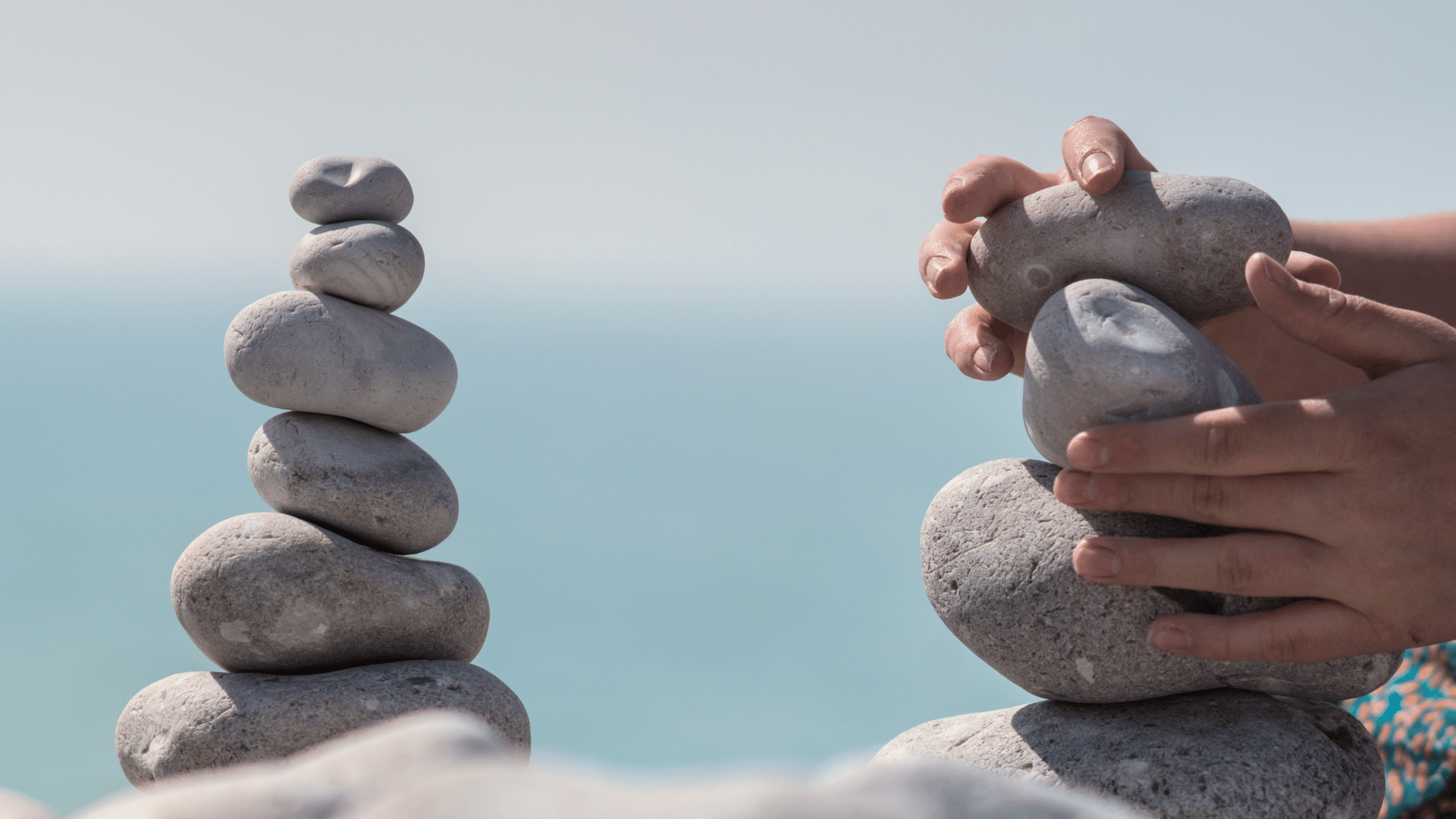When I graduated from college, I did something a little out there. I moved to New York City and went to method acting school.
I was always creative, but I had never been in such an immersive, emotional, and wonderfully weird environment. I met people from all around the world, South Africa, Israel, Georgia – yes Georgia the country. It was an incredible experience.
I got to see firsthand how great performances are crafted. My program strongly emphasized the importance of connecting your own life and experiences with that of your character’s. If your character was going through a painful, heartbreaking moment, you would need to find a time in your own life that you felt the same way. This was a fascinating, albeit emotionally grueling process and had a few different effects on my mental health.
I had days when I would come home feeling upset about reliving a bad time, and I had other days when I felt the cathartic satisfaction that I’d been a part of something real and honest.
I recently read an article that got me thinking about my unique time at acting school. The author talks about the connection between creativity and bipolar disorder. The article discusses how some creative people choose not to seek help for their mental illness as they fear that it will negatively impact their artistic talent. People worry that they will not be themselves, or not feel the same creative spark that they did before seeking treatment. 
Some artists choose not to seek treatment as they feel it will take away from their creative spark.
There is a stereotype of the “tortured” artist who struggles in the name of their craft. The author gives the example of the genius of Vincent Van Gogh or the unhinged leadership of Winston Churchill. These individuals suffered from depression, yet their mental illness shaped who they were and their impact on the world. However, creativity does not have to go hand in hand with mental instability or mood swings. The best actors, dancers, and musicians that I know have a few traits in common. Here are some of the ways I’ve seen artists practice good wellness habits:
Get disciplined about being creative.
It is a common misconception that people in artistic realms don’t work hard or don’t have a routine. Twyla Tharp, a world renowned ballet choreographer wrote a book called The Creative Habit. She shares that she is so set in her creative habits that even when she is feeling uninspired, she still follows through with her routine. She trusts that if she sticks to it, eventually something special will arise.
This focus and discipline can also be a great tool for people suffering from anxiety, thought spirals or panic attacks. A stable, familiar routine can be very grounding in a time of uncertainty.
Be mindful of tension in your body
My acting school emphasized the importance of relaxation and getting rid of the tension in your body. People like to think of actors as neurotic, high stress people, but what our teachers taught us was the importance of being calm enough to be open to creativity. You would be surprised at how much tension we unconsciously hold in our limbs, our jaws, our eyelids.
Sometimes we don’t realize that we are holding onto stress, frustration, anger or sadness. These emotions can manifest themselves in our posture or tighten up our muscles. Take a moment to be aware of your body and mind, this can help clear your head and your mood.
Listen
Be a good listener. Sometimes the most creative moments can happen when two people are able to bounce ideas off each other. Get out of your thoughts for a moment, take a breath, and give someone your full attention. This might spark an idea that you never would have had without outside stimuli.
Active listening is also a wonderful tool in the realm of mental health. Being able to connect with others through focused attention can have innumerable benefits on your wellbeing. Empathy can help put your own life in perspective, and can shift your focus from yourself to others.
Fuel your body for energy
Nourishing your body and exercising can be a wonderful way to get your creative juices flowing. If you’re not eating right or getting rid of unhealthy toxins in your system, you might start to feel lethargic. To be creative you need to have the energy to engage with the world around you and be open to inspiration wherever it may come.
A healthy diet and exercise can also boost endorphins to help with depression and other mental health disorders. Eating a balanced diet can also be a great way to stabilize your mood if you’ve been experiencing spikes and lulls in energy.
If you get into a routine, you don’t have to wait around for a sudden burst of mania in order to generate something special. Engage with people, settings, literature, artwork, music. The best way to feel creative is to seek out connections rather than isolation. No matter who you are, sacrificing your wellbeing for your creativity is never worth it. Sometimes taking a step back can be the best thing you do for your art and your mental health.
Want to talk to someone?
Book a free vent session today.




